Lawn Aeration: When to Do It and Why It Matters
- March 13, 2024
- 0 comment
Lawn aeration is a crucial but often overlooked aspect of lawn care. It involves perforating the soil with small holes to allow air, water, and nutrients to penetrate the grass roots. This process helps the roots grow deeply and produce a stronger, more vigorous lawn. The main reason to aerate is to alleviate soil compaction. Compacted soils have too many solid particles in a certain volume or space, which prevents proper circulation of air, water, and nutrients within the soil.
What is Lawn Aeration?
Lawn aeration is a process that involves creating small holes in the soil to allow air, water, and nutrients to penetrate the grass roots. This helps the roots grow deeply and produce a stronger, more vigorous lawn. The main reasons for aerating include alleviating soil compaction, reducing thatch buildup, and improving the overall health and resilience of the lawn. Soil compaction can occur from foot traffic, heavy machinery, or even just the natural settling of soil over time. Compacted soil has fewer air spaces and makes it difficult for roots to grow, limiting the availability of essential nutrients and water. Thatch is a layer of dead grass and organic matter that can accumulate on the surface of the soil and can prevent water, nutrients, and air from reaching the soil and roots.
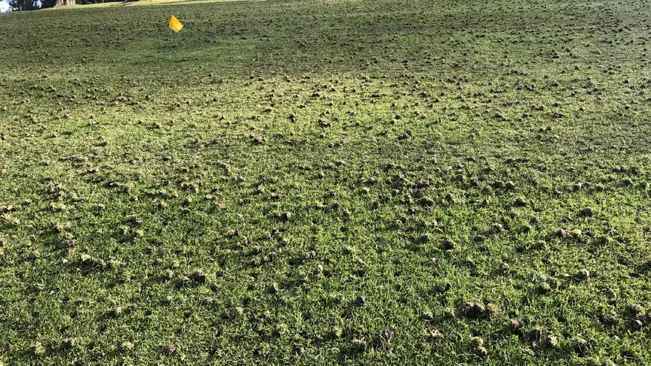
Aeration can be done using various tools and methods, such as spike aerators, which simply poke holes into the ground, and core aerators, which remove a plug or core of soil and thatch from the lawn. Core aeration is generally considered more effective, especially for lawns with significant compaction issues. The best time to aerate a lawn depends on the grass type and the climate. For cool-season grasses, early fall or spring is ideal, while for warm-season grasses, late spring to early summer is recommended. Aeration can help make a lawn healthier, more durable, and better able to withstand various stresses, including drought, heat, and heavy foot traffic.
When to Aerate The Lawn
Cool-season grasses

For lawns with cool-season grasses like Kentucky bluegrass, fescue, and ryegrass, the ideal time for aeration is during the early fall. This period is preferred because the grass is entering a phase of active growth after the summer heat, and aerating will help the grass to establish deep roots before winter. Aeration can also be done in early spring, but fall is generally better to avoid stimulating weed growth.
Warm-season grasses
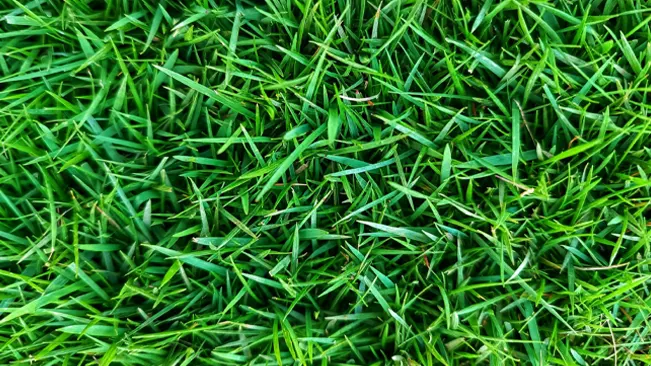
For lawns with warm-season grasses like Bermuda, Zoysia, St. Augustine, and centipede grass, the best time to aerate is late spring to early summer. During this time, these grasses are entering their peak growing season and can quickly recover from the stress of aeration, filling in the open spaces where the aerator pulled plugs of soil.
Types of Aerator
Spike Aerators
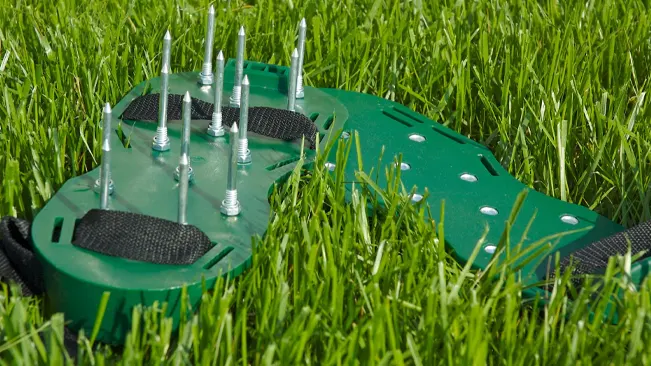
Spike aerators use solid, narrow tines or spikes to puncture the soil, creating narrow holes without removing any soil. These devices can be manual, such as a hand-held tool with spikes that you push into the ground with your foot, similar to a pitchfork but with fewer tines. They can also be mechanized, like a rolling unit attached to a lawn mower or a manual push unit, which has a series of spikes on a drum that rolls across the lawn, poking holes as it goes. While spike aeration is less invasive and can be done more frequently, it might not be as effective for heavily compacted soils. In some cases, the pressure from the spikes can compact the soil further around the holes, potentially leading to more compaction issues.
Core (Plug) Aerators
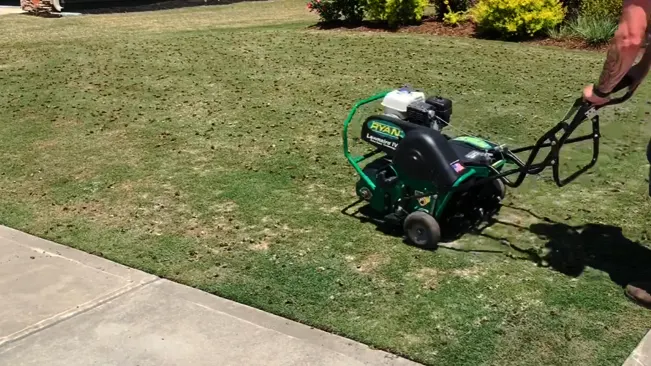
Core or plug aerators remove cylinders of soil and thatch from the lawn, creating space for air, water, and nutrients to penetrate the root zone. This type of aeration is highly effective in relieving soil compaction and promoting healthy lawn growth. Core aerators can be manual, where the operator pushes the device across the lawn, motorized walk-behind units, or tow-behind units that attach to a lawn tractor or ATV. The removed soil plugs are usually left on the lawn surface to decompose and filter back into the holes, adding nutrients back into the soil. Due to the more aggressive nature of core aeration, it’s typically recommended to perform this type of aeration only once a year or as needed based on soil compaction levels.
Slicing Aerators
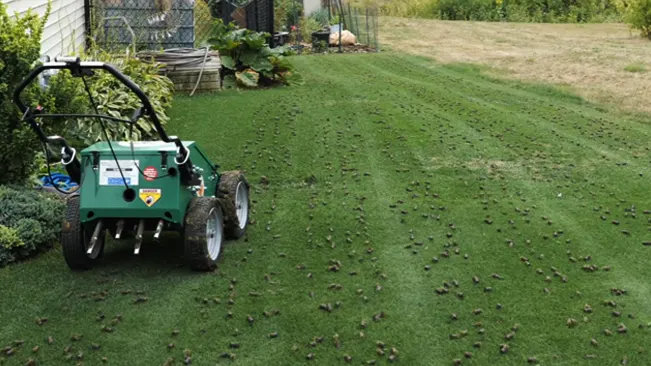
Slicing aerators create thin, long slits in the soil, cutting through the grass and thatch layer without removing any soil. These machines use a series of rotating blades or tines to slice into the soil, improving air, water, and nutrient movement. Slicing aeration is less disruptive to the lawn’s surface compared to core aeration, making it a suitable option for lawns that cannot handle the stress of plug removal or for those who prefer not to have soil plugs left on their lawn. However, since no soil is removed, slicing aerators may not relieve deep soil compaction as effectively as core aerators.
Liquid Aerators
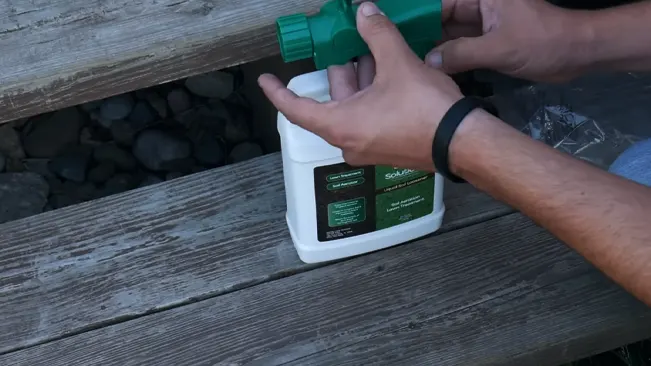
Liquid aerators consist of a solution applied to the lawn, usually containing surfactants or enzymes that claim to break down compacted soil at a molecular level, thereby improving soil structure and promoting root growth. This type of aeration is non-mechanical and does not physically disturb the lawn’s surface. Liquid aeration can be an option for those looking for a less labor-intensive method or as a complement to mechanical aeration methods. However, the effectiveness of liquid aerators can vary widely, and they may not provide the same level of decompaction as core or spike aeration.
Shoe Aerators
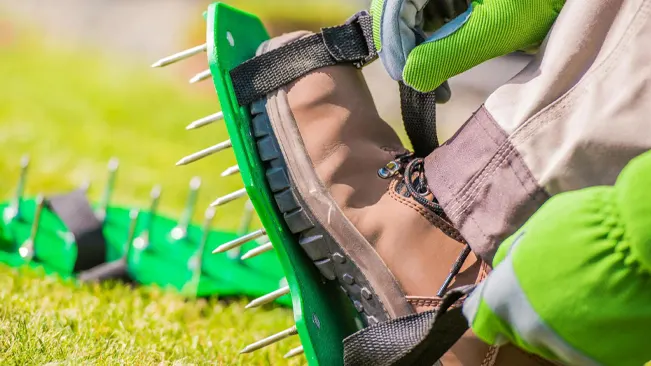
Shoe aerators are a simple and cost-effective solution for small-scale aeration. They consist of a sturdy sole with spikes attached, which strap over your regular shoes. As you walk across the lawn, the spikes press into the soil, creating small holes. This method is particularly suitable for small lawns or for spot-treating specific areas. While shoe aerators are easy to use and affordable, they might not be as effective for larger lawns or for addressing significant compaction issues due to the smaller, less consistent holes they create.
Aerating Your Lawn: Techniques and Tools
Spike aerators

Work by driving solid, spike-shaped tines into the soil, creating narrow openings. Some individuals use aerator shoes with spikes, which are worn while walking around the yard, providing light aeration. However, for larger areas, spike aeration equipment might compact the soil further around the created openings.
Slicing aerators
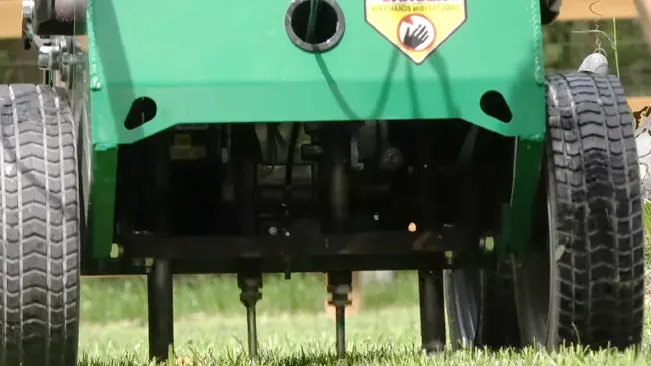
Utilize rotating blades to cut through the lawn and thatch layer, reaching into the soil beneath. This method maintains the soil in place while forming channels that improve the penetration of air, water, and essential nutrients, without adding to soil compaction.
Core or plug aerators

Are often the choice of lawn care experts. These devices have a series of hollow tines that extract soil cores from the lawn, leaving them on the surface to decompose naturally. The dimensions of both the extracted cores and the resulting openings can vary, based on the specific equipment used, enhancing the lawn’s ability to breathe and absorb vital resources.
What to Do After Aeration
Leave the Plugs
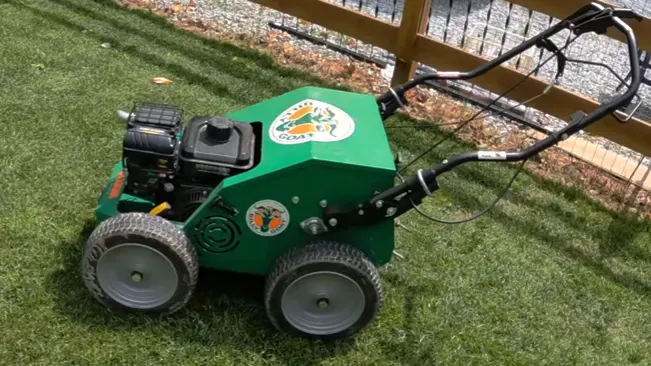
After using a core aerator, your lawn will be dotted with small soil plugs. While it might be tempting to clean these up for aesthetic reasons, it’s beneficial to leave them be. These plugs contain soil, microorganisms, and small amounts of thatch which, when left on the surface, will break down and reintegrate into the lawn. This natural process enriches the soil with nutrients and helps in gradually breaking down the thatch layer, improving overall soil health without additional effort.
Water Your Lawn

The aeration process leaves your lawn more vulnerable initially, making proper hydration crucial. The perforations in the soil enhance its capacity to absorb and retain water, ensuring that moisture reaches deeper into the root zone. In the weeks following aeration, maintain a consistent watering schedule, providing enough water to encourage deep root growth but avoiding over-saturation, which can lead to other issues.
Overseed
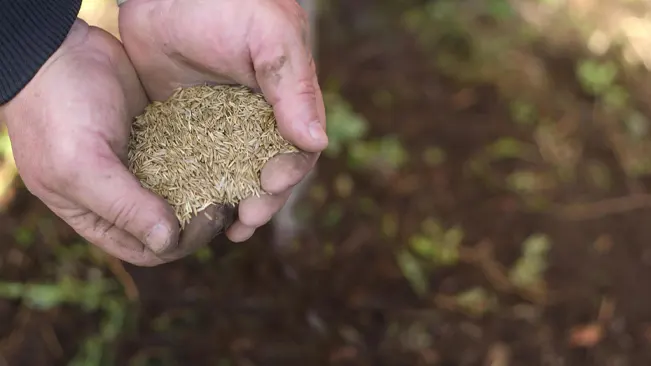
Seeding your lawn after aeration takes advantage of the open soil, allowing for better seed-to-soil contact which is critical for germination. When overseeding, select a seed blend that’s suited to your lawn’s existing grass type and your region’s climate. Distribute the seed evenly across the lawn, with a focus on areas that are thin or bare. This is also an opportune time to introduce more resilient or drought-tolerant grass varieties to your lawn.
Fertilize
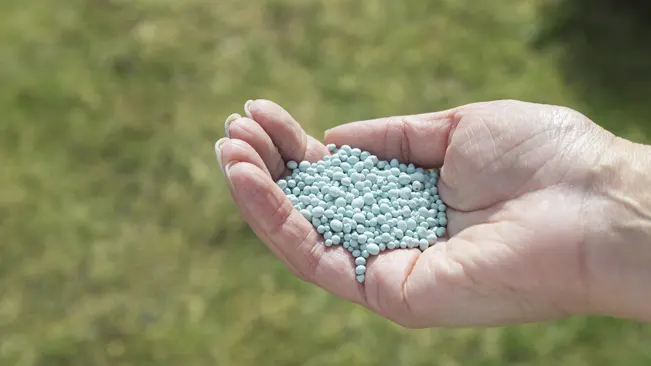
Fertilization after aeration aids in the rapid recovery of your lawn and supports the growth of new grass seeds. The nutrients from the fertilizer can now reach deeper into the soil, making them more accessible to the grass roots. Choose a fertilizer based on your lawn’s specific needs, considering factors like grass type, time of year, and soil conditions. A slow-release formula can provide continuous nourishment over several weeks.
Top-Dressing
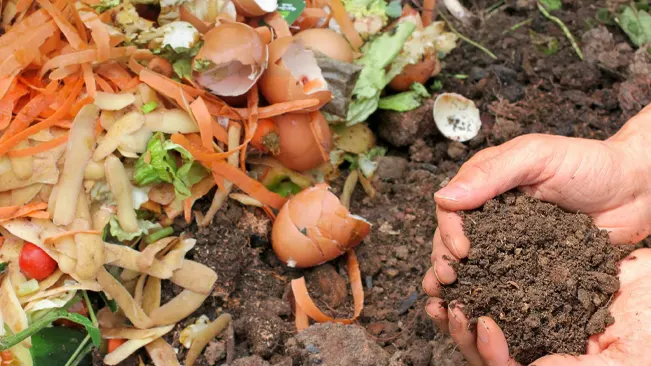
Applying a thin layer of high-quality compost or topsoil after aeration can significantly enhance soil health. This top-dressing layer can introduce beneficial microorganisms, improve soil texture, and add essential nutrients. Ensure the layer is thin enough to not smother the existing grass while thick enough to provide benefits. This step can be particularly effective in correcting soil deficiencies and promoting a vibrant, healthy lawn.
Common Mistakes to Avoid
1. Wrong Timing
- Seasonal Missteps: Aerating at the wrong time of year can harm your lawn. For cool-season grasses, avoid summer aeration, as the grass is usually dormant and the heat can stress it. For warm-season grasses, avoid winter aeration when the grass is not actively growing.
- Soil Conditions: Don’t aerate when the soil is too wet or too dry. Overly wet soil can lead to further compaction, while aerating dry soil can be ineffective and damage the lawn.
2. Inadequate Preparation
- Skipping Watering: Not watering your lawn before aerating can make the soil too hard and difficult for the aerator to penetrate effectively.
- Ignoring Mowing: Failing to mow the lawn before aerating can make the process less efficient, as long tines might not reach the soil properly.
3. Using the Wrong Aerator
- Misjudging Your Needs: Using a spike aerator on a severely compacted lawn may not alleviate the problem and can sometimes worsen compaction. A core aerator might be necessary for such situations.
- Overlooking Aerator Condition: Using an aerator that’s in poor condition or not suited for the size or type of your lawn can lead to uneven or inadequate aeration.
4. Improper Technique
- Overlapping Excessively: While some overlap is necessary, too much can lead to uneven aeration and wasted effort.
- Neglecting Areas: Failing to cover the entire lawn, especially edges and corners, can leave untreated compacted areas that may hinder overall lawn health.
5. Ignoring Post-Aeration Care
- Removing Soil Plugs: Removing the cores left behind by a core aerator can deprive the lawn of the chance to naturally reintegrate those nutrients back into the soil.
- Lack of Watering: Not watering the lawn after aeration can slow down the recovery process and hinder the benefits of aeration.
- Skipping Overseeding and Fertilizing: Not taking advantage of the optimal conditions created by aeration for overseeding and fertilizing can miss an opportunity for enhancing lawn density and health.
6. Inconsistent Maintenance
- Infrequent Aeration: Not aerating your lawn regularly (as needed based on soil type and lawn use) can allow compaction and thatch to build up again, negating previous efforts.
- Ignoring Lawn Health: Aeration is just one aspect of lawn care. Neglecting other aspects like proper mowing, watering, and pest management can diminish the benefits of aeration.
Related Article:
- How to Aerate Your Lawn Easily: Essential Tips and Tricks
- Unlock Lawn Health: The Secret Behind Solid & Hollow Aeration Tools
- How to Transform Your Lawn: The Single Application Solution
Conclusion
In conclusion, proper lawn aeration followed by appropriate post-aeration care is crucial for maintaining a healthy, vibrant lawn. By leaving soil plugs on the surface, watering adequately, overseeding, fertilizing, applying a top-dressing, maintaining regular lawn care routines, and monitoring the lawn’s progress, you can maximize the benefits of aeration. These steps ensure that air, water, and nutrients penetrate the soil effectively, promoting robust root growth and a lush, green lawn. Patience and consistency in following these practices will lead to a noticeable improvement in your lawn’s overall health and appearance, making your efforts well worth it. Remember, aeration is more than just a task; it’s an investment in the long-term vitality of your lawn.
FAQs
1.What is lawn aeration?
Lawn aeration is the process of creating small holes in your lawn’s soil to allow air, water, and nutrients to penetrate the grass roots. This helps the roots grow deeply and produce a healthier, more vigorous lawn.
2. Why is aeration important for my lawn?
Aeration is important because it helps alleviate soil compaction, allows oxygen and nutrients to reach the root system, improves water infiltration, and encourages healthier grass growth. It also aids in reducing thatch buildup.
3. When is the best time to aerate my lawn?
For cool-season grasses (like fescue, bluegrass, and ryegrass), early fall or early spring are ideal times.
For warm-season grasses (like Bermuda, Zoysia, and St. Augustine), late spring to early summer is best.
4. How often should I aerate my lawn?
Most lawns benefit from annual aeration. However, lawns that experience heavy foot traffic or have clay soil might need aeration twice a year.
5. What are the different types of lawn aerators?
There are several types of aerators, including spike aerators, core (plug) aerators, slicing aerators, liquid aerators, and shoe aerators. Each has its own method of aerating the soil.
6. Should I leave the soil plugs on the lawn after aerating?
Yes, it’s generally recommended to leave the soil plugs on the lawn. They will break down naturally and help return nutrients to the soil while also helping to break down thatch.
7. Can I aerate my lawn myself, or should I hire a professional?
Many homeowners successfully aerate their own lawns using rented or purchased equipment. However, if you’re unsure about the process or if you have a large or particularly problematic lawn, hiring a professional might be a better option.
8. What should I do after aerating my lawn?
After aeration, it’s a good idea to water your lawn, overseed it (if needed), apply fertilizer, and consider top-dressing with compost. Then, continue with your regular lawn maintenance routine.
9. Will aeration damage my lawn?
While aeration does cause temporary stress to the lawn by physically puncturing it, this is short-lived and ultimately benefits the lawn’s health by promoting a stronger root system and improved growth.
10. Can I aerate a lawn that’s newly seeded?
It’s best to wait until new grass is well-established before aerating. For newly seeded lawns, give the grass at least one full growing season to mature before aerating.

Joel Cunningham
Forestry AuthorI'm Joel Cunningham, an expert in pruning and weed management with over a decade of experience. My skills are rooted in formal training and extensive practice, focusing on advanced pruning techniques and efficient weed control. I'm known for my quality work, precision, and deep understanding of plant health and soil dynamics. My contributions extend to educational initiatives where I share sustainable practices and advice, establishing myself as a reliable and authoritative figure in the gardening community.

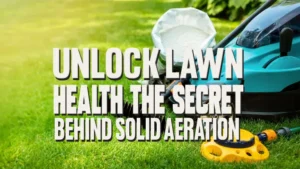

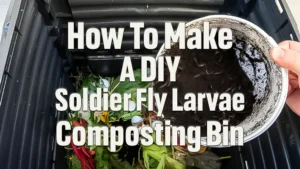
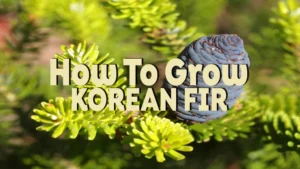


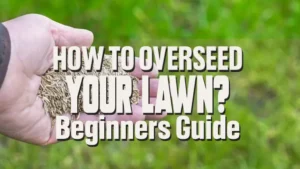
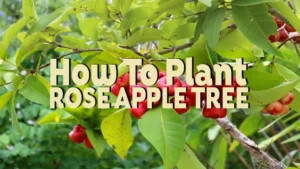

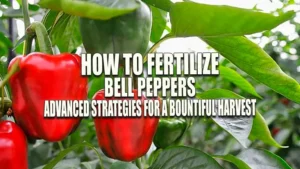


Leave your comment